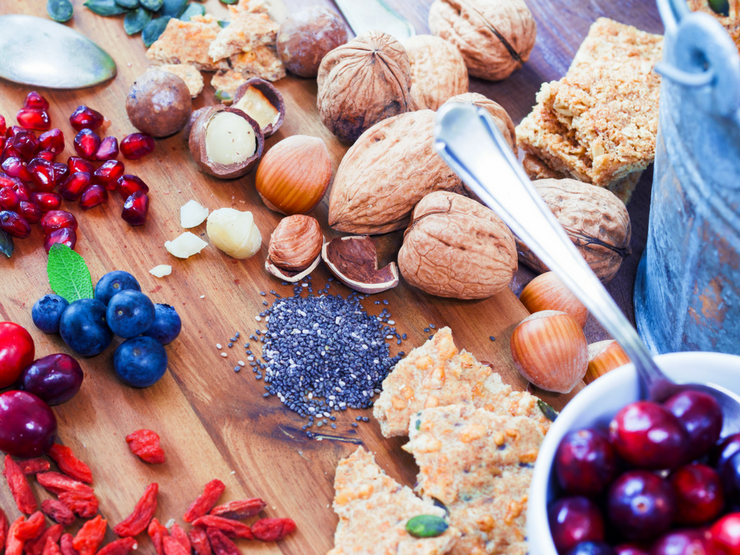RBA surprises with a hold, NAB still sees cuts in August, November and now February


Insight
Horticulture exports grow to rival Australian lamb and dairy.

For further details, please see the In focus: Horticulture – June 2019
© National Australia Bank Limited. ABN 12 004 044 937 AFSL and Australian Credit Licence 230686.